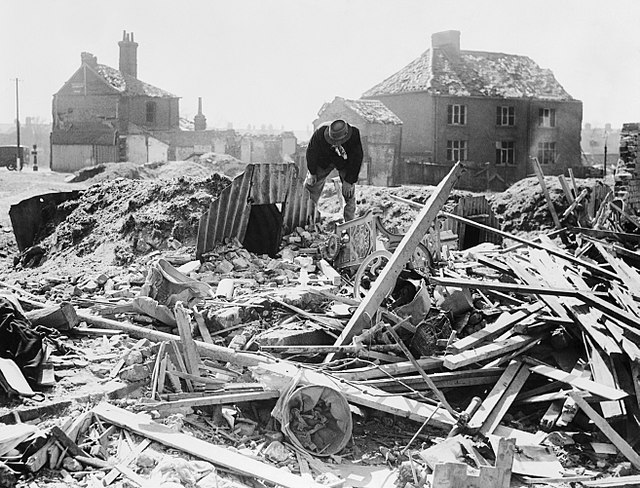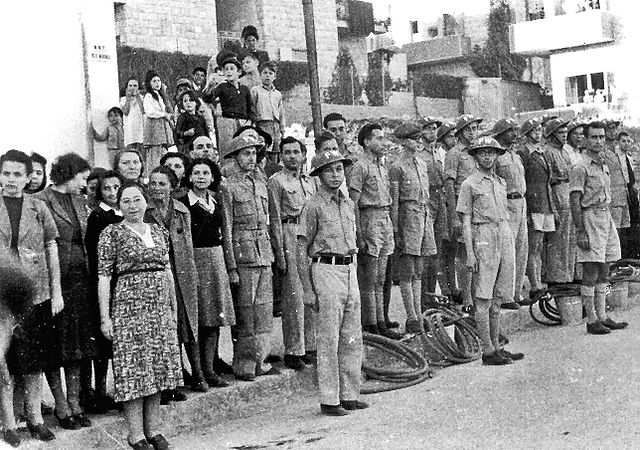Community emergency response team
In the United States, community emergency response team (CERT) can refer toan implementation of FEMA's National CERT Program, administered by a local sponsoring agency, which provides a standardized training and implementation framework to community members;
an organization of volunteer emergency workers who have received specific training in basic disaster response skills, and who agree to supplement existing emergency responders in the event of a major disaster.
Community Emergency Response Team (CERT) Logo
A CERT volunteer practices using a fire extinguisher.
CERT volunteers try on their equipment.
An equipment trailer belonging to the Springfield, Illinois CERT program.
Civil defense or civil protection is an effort to protect the citizens of a state from human-made and natural disasters. It uses the principles of emergency operations: prevention, mitigation, preparation, response, or emergency evacuation and recovery. Programs of this sort were initially discussed at least as early as the 1920s and were implemented in some countries during the 1930s as the threat of war and aerial bombardment grew. Civil-defense structures became widespread after authorities recognised the threats posed by nuclear weapons.
British First World War poster, bringing attention to the threat posed by aerial bombardment from German Zeppelins
Air Raid Warden testing his equipment in Brisbane in October 1942
Anderson shelters were widely distributed in the United Kingdom by civil defense authorities, in preparation for aerial bombardment.
Jewish Civil Defense group in Jerusalem in 1942. The group served as ARP Fire Wardens, equipped with water hoses and buckets, some wearing FW (Fire Watcher) Brodie helmets. Men are in uniform while women wear plain clothes. Composer Josef Tal stands next to the woman with a black sweater.








